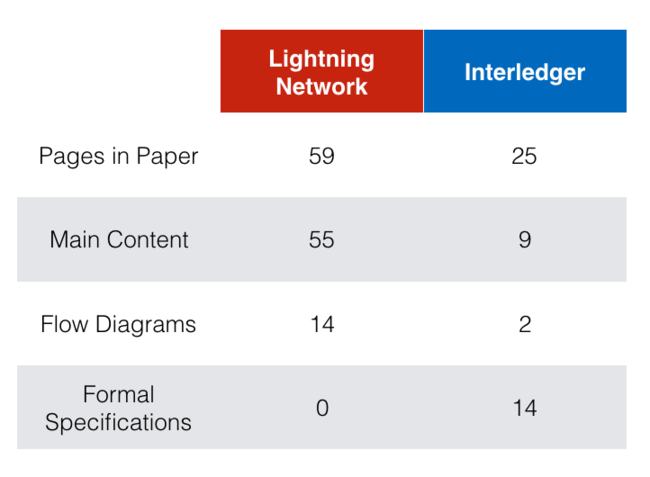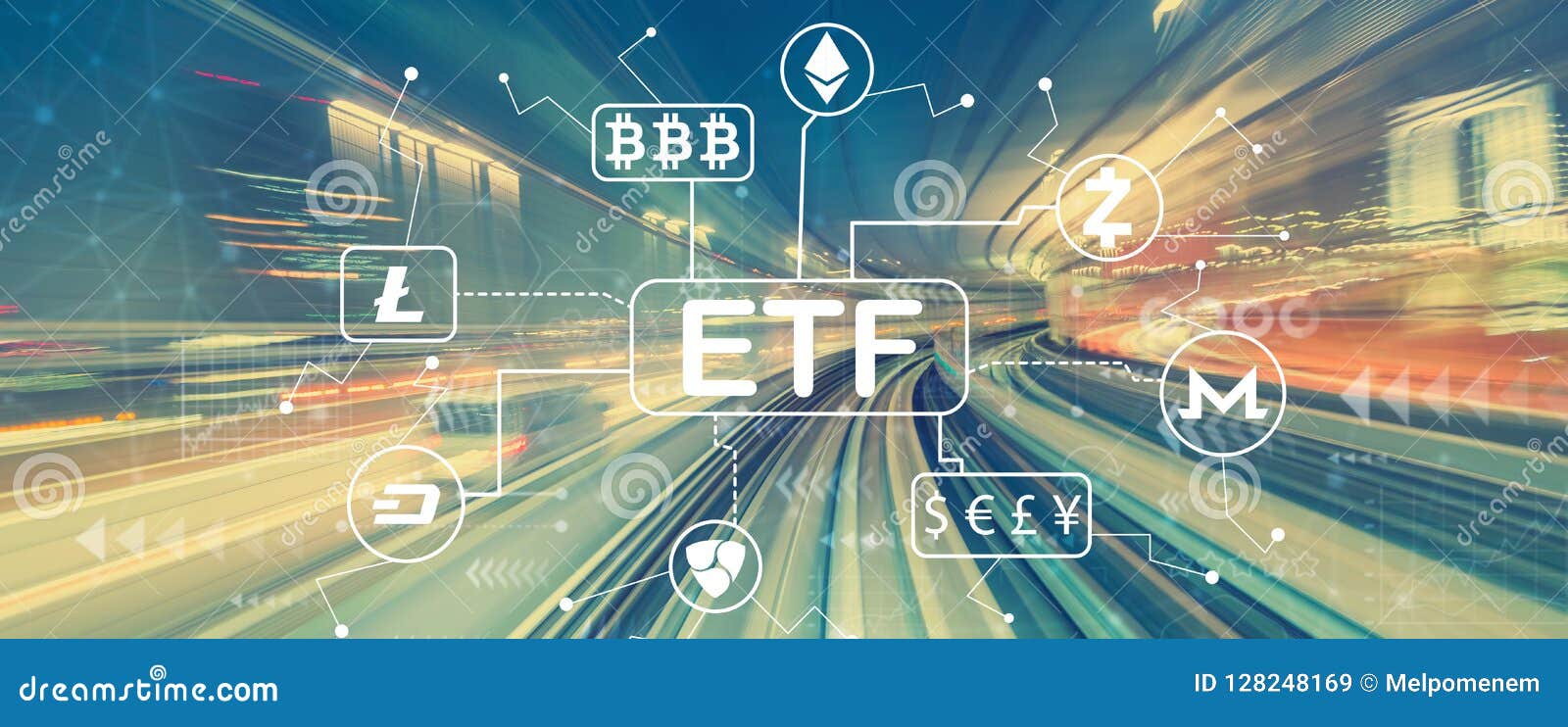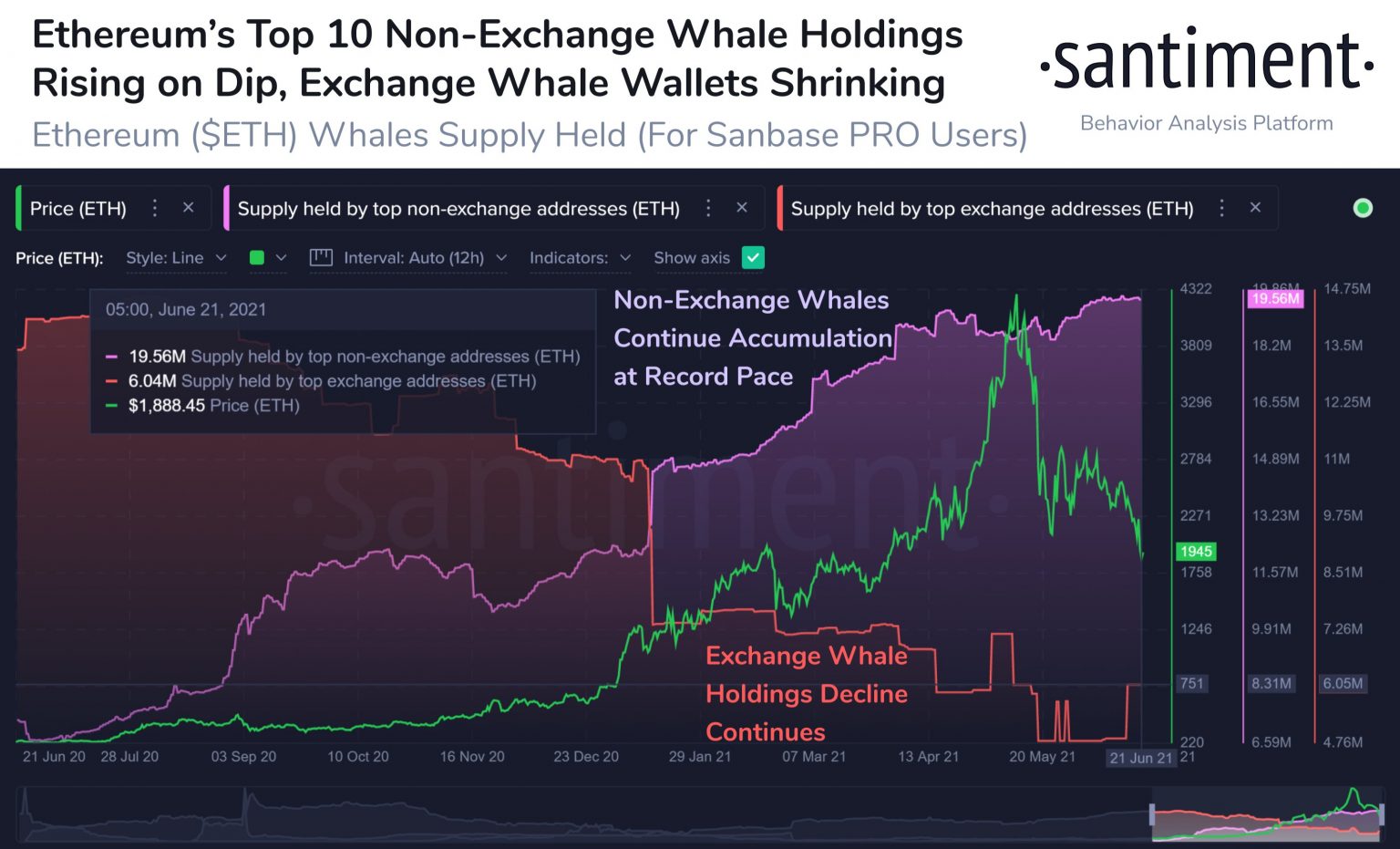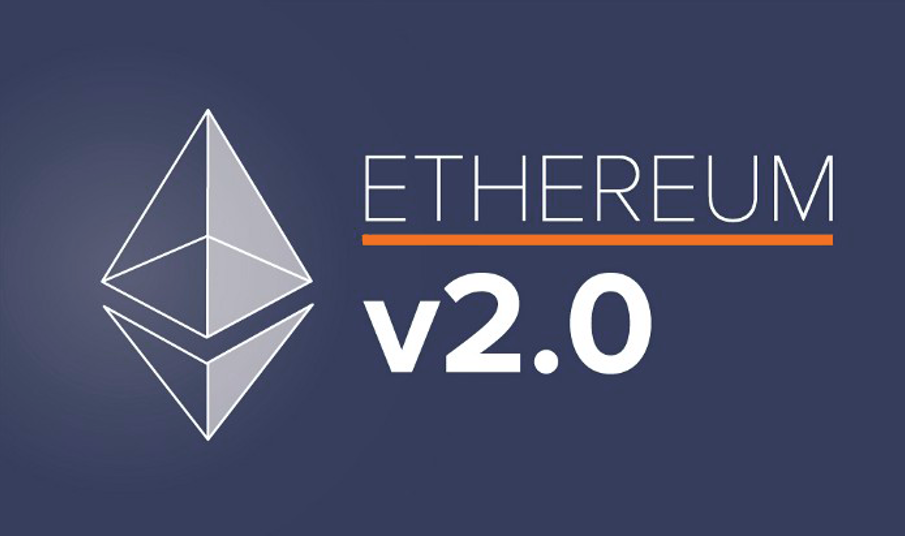

The best part about MATIC is that since it is EVM-compatible, developers can easily bridge their project from ETH’s main layer to MATIC’s L2 blockchain. This is why more and more developers are starting to build on Polygon, and more and more users are adopting it. ConclusionĮTH and MATIC both have their purpose in the larger crypto ecosystem: MATIC cannot live without ETH, and ETH can receive much-needed network decongestion by having many of its transactions be settled on the MATIC blockchain instead. Cryptopunks are one of the most popular NFT projects right now. However, layer-2 definitely helps decongest the Ethereum network, allowing for lower gas fees on Ethereum as well as providing a solution for speedier transactions to the general public. Of course, since Polygon is a layer-2 blockchain it doesn’t have the same level of trust as Ethereum’s mainnet. This “rollup” transaction means that each underlying transaction from Polygon incurs a much lower gas fee, along with speedier transaction times compared to Ethereum. The main way that Polygon achieves this is through ZK-rollups: Polygon essentially batches a large number of transactions into a single transaction on the Ethereum blockchain. What Polygon achieves is giving the trust of having all of its transactions being ultimately settled on the Ethereum blockchain, but with much lower gas fees and much faster speeds. Many people refer to this as the scalability trilemma, where blockchains can only possess two of the three following attributes: scalability, security and decentralization. This lack of trust means that BSC is considered by many to not be truly decentralized, in exchange for cheaper transaction (gas) fees.

In other words, there is a much higher risk of BSC being tampered with or suddenly shut down by its creator. And for very good reason:Īlthough Ethereum has thousands of validators spread across many countries, BSC only currently has 47 centrally-backed validators.

The issue with the BSC network is that although it did succeed in lowering gas fees in a sustainable manner, it is regarded by many experts as not being as trustworthy as the Ethereum network. This is when Binance’s own blockchain, the Binance Smart Chain (BSC), started gaining a lot more users and volume instead of paying extremely high gas fees on Ethereum, why not deploy the same application on BSC and pay a fraction of the cost for gas fees? The BSC is EVM-compatible, so any application that works successfully on Ethereum will also (in theory) work without a problem when deployed on BSC. These high gas fees priced out the average user from using applications on Ethereum. This is best exemplified by the summer of 2021, when the network usage was so high that the average transaction on Ethereum cost more than $50 for a single transaction! Cryptocurrency Coins vs. The most important takeaway is that when more people use the network, gas fees can go up significantly. If you perform a swap on a decentralized exchange, then you must incur a gas fee.

If you receive an airdrop on the ETH network, then you will pay a small gas fee to claim the airdrop. For example, if you want to send some Ethereum to a friend, you will pay a small gas fee to the miners so that they can pick up the transaction and validate it. The gas fees are the network fees that someone uses to interact with the network and have their transaction validated. The first element to understand before diving into the difference between L1 and L2 blockchains is to understand what gas fees are. But, what does this exactly mean, and why would someone want to build an entire blockchain on top of an existing blockchain? The simple answer to this is that Ethereum is a Layer-1 (L1) blockchain network, whereas Polygon is a Layer-2 (L2) blockchain built on top of Ethereum. So, if Ethereum and Polygon both have the same core utility, what makes them different from one another?
#Ethereum cryptocurrency will jettison speedier code#
The big innovation of Ethereum is the Ethereum Virtual Machine (EVM), allowing someone to code their own money with its own set of rules by simply programming in the Solidity language and having that code interact with the EVM! However, other blockchains, like Polygon ( $M-ATIC), are also EVM-compatible and use Solidity as the main programming language. Before you head straight into the many layers of crypto, learn the Cryptocurrency basis. Ethereum ( $ETH) is the second-largest cryptocurrency project by market cap, and provides utility by allowing others to borrow its network capacity to deploy their application on top of it. As the cryptocurrency markets evolve, many people get overwhelmed by the different blockchains and networks that exist.


 0 kommentar(er)
0 kommentar(er)
